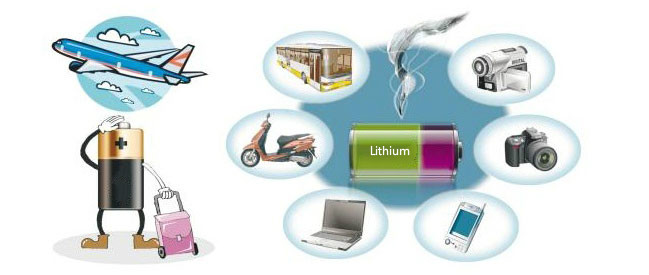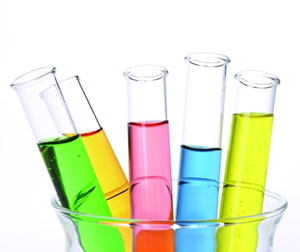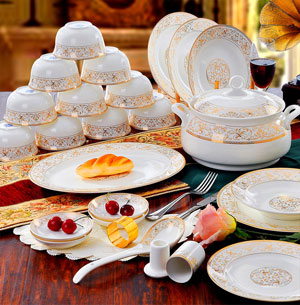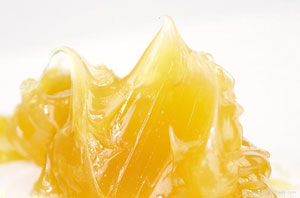An Overview On Lithium Applications
Lithium is employed in the battery, ceramic, glass, lubricant, refrigeration, nuclear and photovoltaic industries. The battery industry has become the largest consumer of lithium given that computers, digital cameras, mobile telephones, portable electric tools and other electronic products require batteries. Lithium carbonate reduces energy consumption and protects the environment in ceramic production. Demand for lithium is expected to increase in this sector. A new function of lithium has been identified in the glass industry; consequently, demand in that sector will rise. Therefore, the glass and ceramic industries are the second largest consumers of lithium.
Battery Industry
Due to its low atomic weight, lithium anodes provide high energy density in batteries. Lithium batteries are lightweight, compact, long-lasting and do not cause environmental pollution. Use of lithium in batteries increased from 7% in 1997 to 35% in 2013. The battery sector is now the largest consumer of lithium globally. Lithium batteries are used in notebooks, mobile telephones, digital cameras and small electronic devices. They are also applied in aerospace, electromechanical and electrical industries as well as in military communications. With the development of electric vehicle technology, lithium batteries are anticipated in the automotive industry.

Glass Industry
Lithium concentrate or lithium compounds act as flux agents in glass manufacture. Their addition reduces the melting point and viscosity of the glass batch, thereby simplifying production and reducing energy consumption. This process also increases yield, extends equipment service life and improves operating conditions. Lithium compounds lower the thermal expansion coefficient and improve the density, surface smoothness, strength, ductility, corrosion resistance and temperature change resistance of glass. Lithium glass finds use in chemistry, electronics, optics and modern scientific research.

Ceramic Industry
Addition of a small amount of spodumene in ceramic production reduces the sintering temperature and shortens sintering time. This addition improves the fluidity, viscosity, strength and refractoriness of ceramics. Heat resistance, acid and alkali resistance, wear resistance and thermal shock resistance are also increased. Spodumene for low thermal expansion ceramics and low-expansion glazes is used in microwave ovens, electromagnetic cooktops, turbine blades, spark plugs, low thermal expansion ceramic foams and lightweight ceramics.

Lubricant Grease Industry
Compared with greases based on potassium, sodium and calcium, lithium grease exhibits oxidation resistance and pressure resistance. Its lubricity remains stable from −60 DEG C to 300 DEG C, and a small quantity of water does not alter its viscosity. It is used in aircraft, tanks, trains, automobiles, metallurgy, petrochemistry and other equipment.

Metallurgical Industry
In metallurgy, lithium is added to lightweight alloys, ultra-light alloys, wear-resistant alloys and other non-ferrous alloys to improve their properties. Lithium–magnesium alloys exhibit high strength, low density, good thermal conductivity and ductility. Corrosion resistance, wear resistance and impact resistance are also increased. With emphasis on lightweight design, energy conservation, environmental protection and sustainable development, magnesium–lithium alloys are used in transport, electronics, medical products and lightweight materials. Lithium added to beryllium, zinc, copper, silver, cadmium and boron increases ductility and tensile strength. The lithium content ranges from a few thousandths to several per cent. Lithium is employed as a degassing agent. Its reactivity causes lithium, lithium metal or lithium alloy to form compounds with hydrogen, oxygen, sulphur and nitrogen that have low density and low melting points. The reaction removes gases and eliminates porosity and other defects, thereby improving the grain structure and mechanical properties of metals.

Lithium is also an effective degassing agent. Given its chemical reactivity, lithium, lithium metal or lithium alloy reacts with gases such as hydrogen, oxygen, sulphur and nitrogen. The resulting compounds have low density and low melting points. This reaction removes gas, eliminates porosity and corrects other defects, thereby improving metal grain structure and mechanical performance.
Other Applications
Lithium metal has a high heat capacity, wide operating temperature range, high thermal conductivity, low viscosity and low density. It is used as a coolant in nuclear fusion and fission reactors.
Lithium bromide acts as an efficient water vapour absorber and humidity regulator. It is applied in air conditioning, dehumidification, cooling and air purification systems.
Lithium and its compounds exhibit high combustion velocity, wide flame width and a high calorific value. They are used as fuels for rockets, aircraft and submarines.
Lithium is used as a fertiliser to prevent tomato blight and wheat rust.
Addition of lithium salt to an aluminium cell improves the fluidity of molten salt, reduces the degree of electrolysis and saves electrical energy.
Butyl-lithium is employed as an initiator in the polymerisation of styrene–butadiene and in both high-temperature and low-temperature rubber sealing materials and tyres.

 Bars
Bars
 Beads & Spheres
Beads & Spheres
 Bolts & Nuts
Bolts & Nuts
 Crucibles
Crucibles
 Discs
Discs
 Fibers & Fabrics
Fibers & Fabrics
 Films
Films
 Flake
Flake
 Foams
Foams
 Foil
Foil
 Granules
Granules
 Honeycombs
Honeycombs
 Ink
Ink
 Laminate
Laminate
 Lumps
Lumps
 Meshes
Meshes
 Metallised Film
Metallised Film
 Plate
Plate
 Powders
Powders
 Rod
Rod
 Sheets
Sheets
 Single Crystals
Single Crystals
 Sputtering Target
Sputtering Target
 Tubes
Tubes
 Washer
Washer
 Wires
Wires
 Converters & Calculators
Converters & Calculators
 Write for Us
Write for Us
 Chin Trento
Chin Trento



